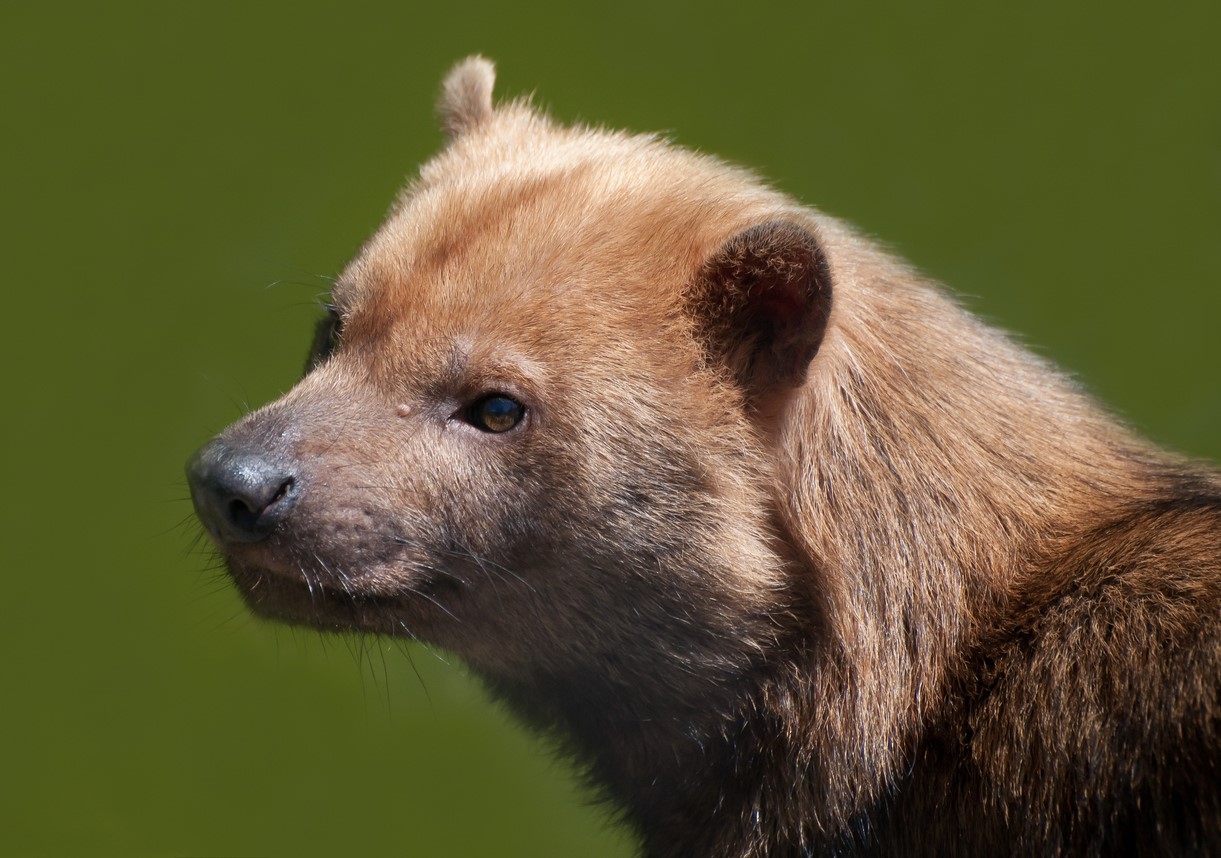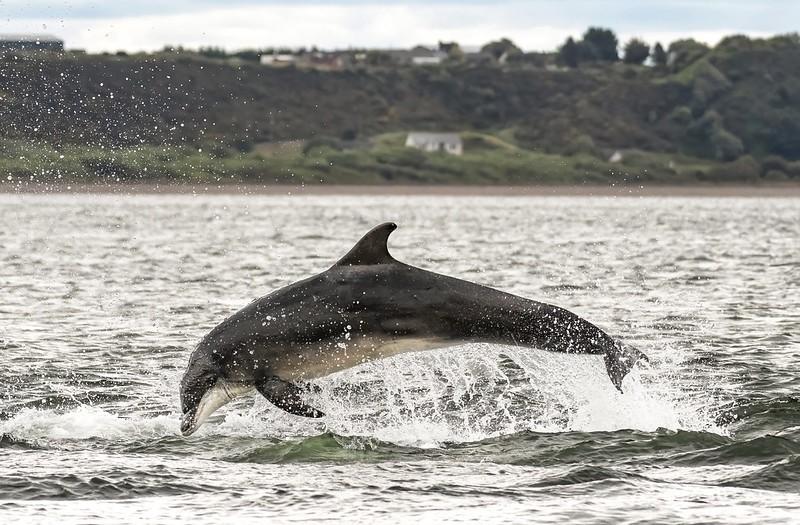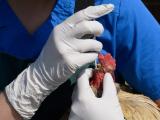Two European countries reported more H5N1 avian flu detections in sea mammals, including two dolphins found dead in the United Kingdom and a stranded porpoise showing symptoms in Sweden.
The detections follow outbreaks in seals in North America and sea lions in Peru.
Dolphin, porpoise detections
The UK's Animal and Plant Health Agency (APHA) reported the dolphin detections on its updated list of nonavian wildlife avian flu detections. The dolphins were found dead on beaches in the middle of February, one in Pembrokeshire, Wales, and the other in Devon, Britain.
Also, Swedish scientists writing in Emerging Infectious Diseases this week reported the H5N1 clade 2.3.4.4b in a harbor porpoise found stranded in shallow water off the country's western coast in late June of 2022. The animal swam in circles and drowned shortly after it was found.
The carcass was frozen and sent to the National Veterinary Institute in Uppsala for necropsy and testing, which revealed the virus in lung and bronchial swab specimens. High viral loads were found in the brain, followed by the lungs, kidneys, liver, and spleen. The virus was circulating in wild birds at the same time and area, suggesting a likely spillover from birds.
They found no signs of mammalian adaptation other than what had already been found for the clade. "The clinical manifestations and presence of virus in diverse organs, including the brain, indicate the potential risk of HPAI viruses to mammalian hosts even without adaptation. This risk is a consideration for persons in close contact with infected animals," they wrote.
Researchers said avian flu infection in the harbor porpoise expands the viral host range and should be considered when the animals show neurological symptoms.
H5N1 in captive bush dogs
In other H5N1 developments, the UK's Department for Environment, Food & Rural Affairs (DEFRA) today reported the virus in 10 South American bush dogs that are part of a captive breeding program at an English zoo. The animals were tested following a mammal die-off in November. Ten of 15 bush dogs died or were euthanized over a 9-day period.

DEFRA said the bush dogs had minimal clinical signs before they died, and the APHA can't definitively say if H5N1 caused the clinical signs. Avian flu wasn't suspected at the time, and H5N1 was found in postmortem samples.
"There is no clear evidence suggesting mammal to mammal transmission. It is very likely all animals were exposed to the same source of infected wild birds," DEFRA said.
More outbreaks in US flocks and mammals
In US developments, the US Department of Agriculture (USDA) Animal and Plant Health Inspection Service (APHIS) over the past few days reported several more outbreaks in commercial and backyard poultry from five states. Pennsylvania reported eight more outbreaks at commercial farms, one at a turkey facility in Chester County and the others in hard-hit Lancaster County.
Elsewhere, states reporting more outbreaks in backyard flocks include Mississippi, Missouri, Iowa, Michigan, and Pennsylvania.
APHIS also added four more mammal H5N1 detections to its list, raising the total to 148. Three were skunks, and one was a raccoon. Two of the infected skunks and the raccoon were reported from Montana, and one of the skunks was reported from Kansas.





















